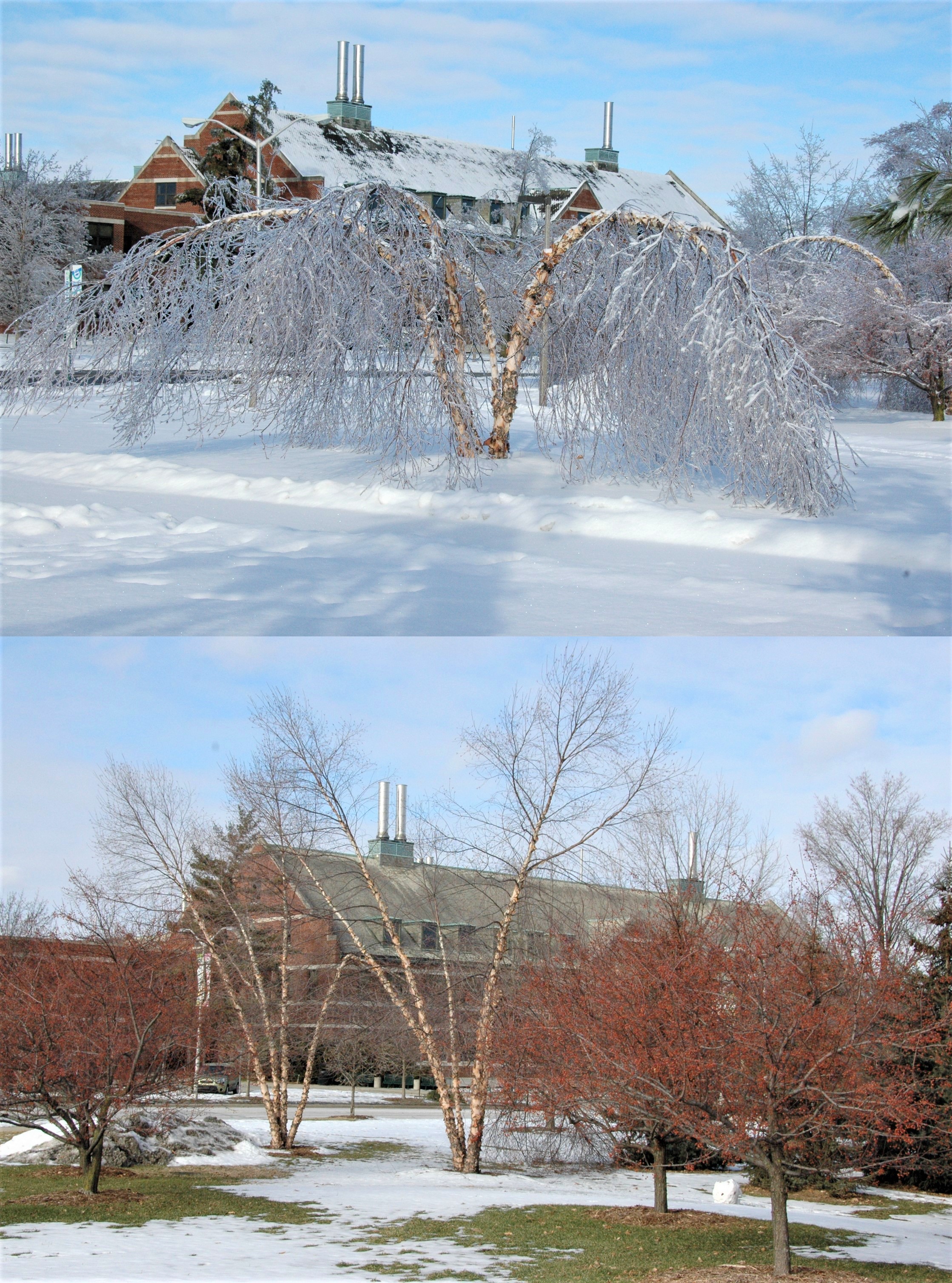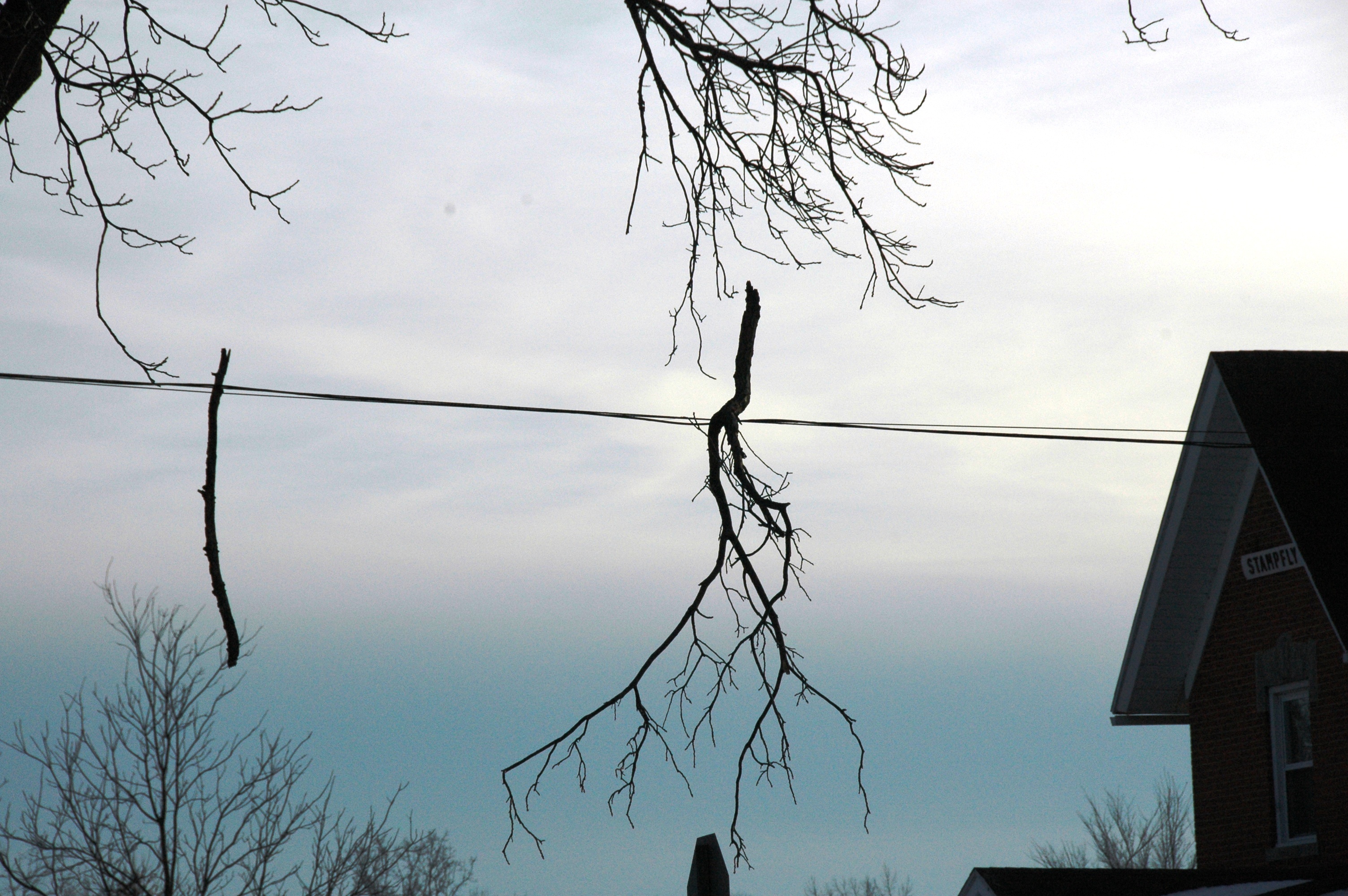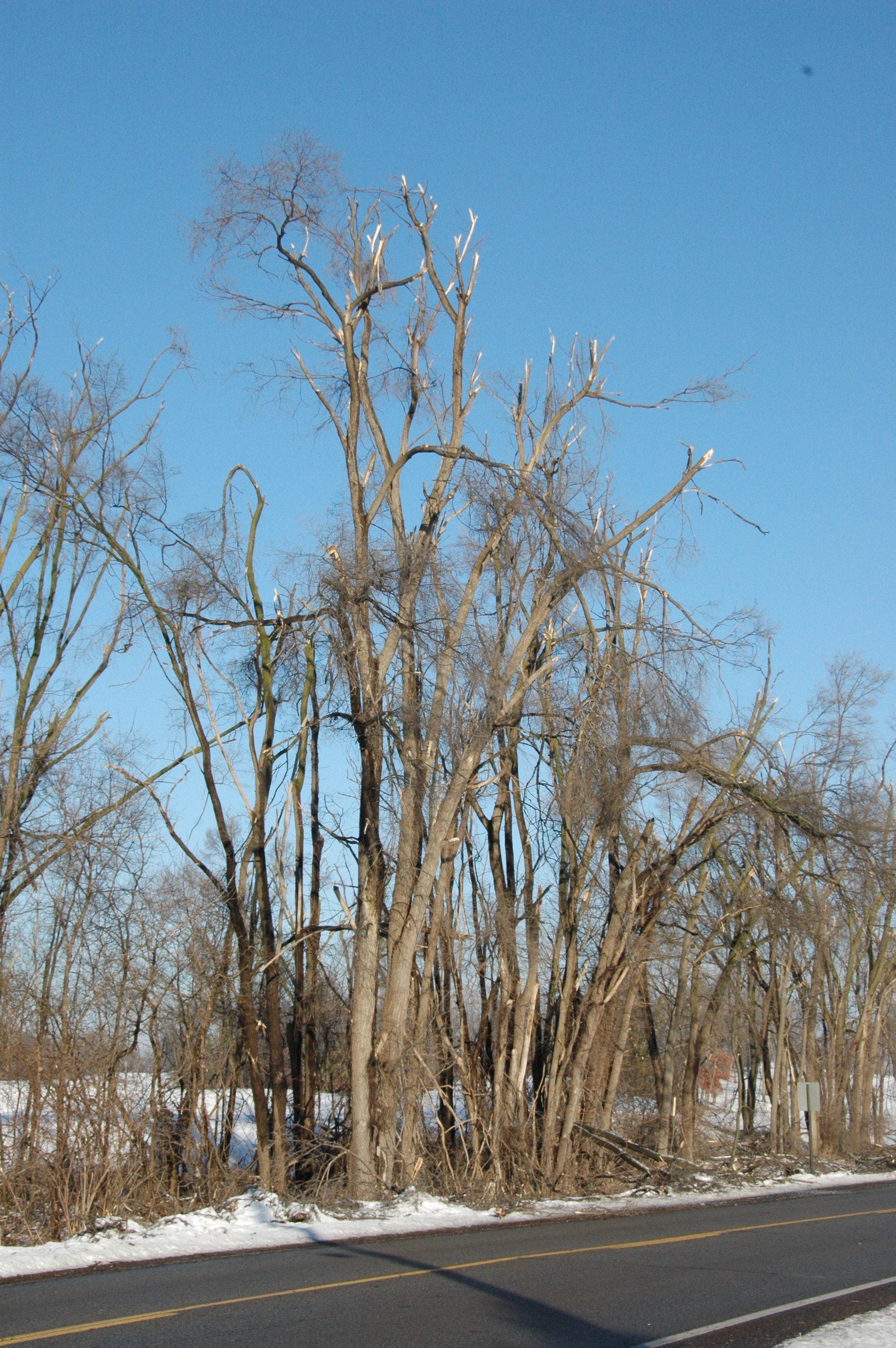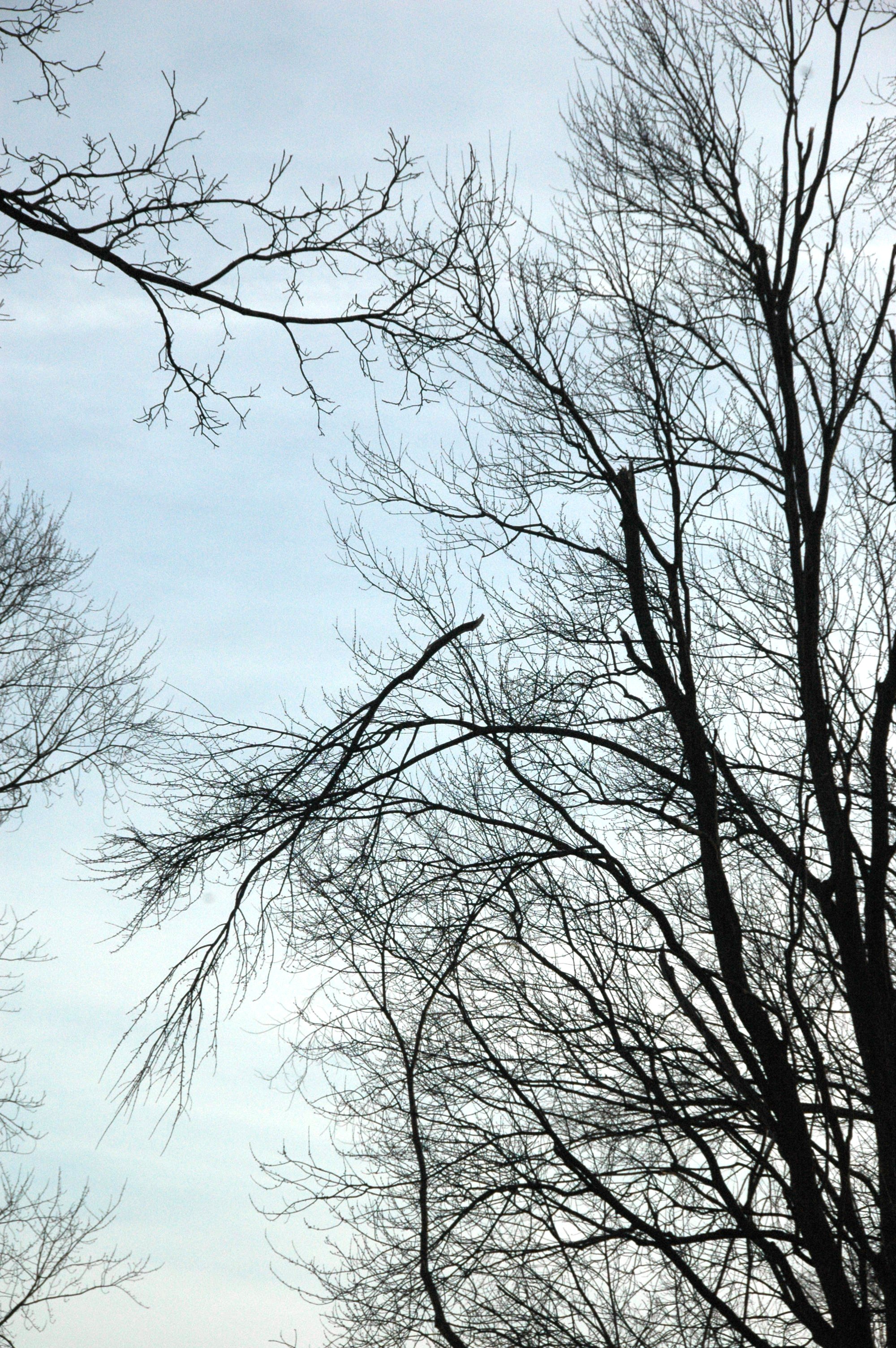Addressing ice storm damage to trees
Use a professional tree service if you are uncertain about doing the job yourself.

Winter is always a challenging time for landscape trees in Michigan. One of the most significant and lasting impacts of winter on trees is ice and snow damage. Last week’s ice storm coated trees with up to half an inch of ice. This amount of ice can weigh down tree branches and cause significant breakage. Often the weight of ice results in high crown breakage, though trees can also split or lose major limbs.

Once the weather warms up, homeowners can begin to venture outside and assess the damage from the storm. Michigan State University Extension notes that proper pruning and care of damaged trees is important for safety and for long-term health of the trees. If damaged trees are not properly pruned, several problems may ensue. Trees may experience severe dieback, resulting in dead limbs that could fall later.
Some trees may also produce prolific sprouts or suckers along limbs that have been damaged. These newly formed limbs are often weak and poorly attached to the tree and may be prone to failure during future storms. Broken limbs that are hung up in trees are a hazard since they may fall later. Lastly, proper pruning and tree care can help to reduce the likelihood that broken limbs will become infected with disease pathogens that can further damage or kill the tree.

Here are some common questions that are likely to arise as homeowners inspect their trees.
Can this tree be saved?
Deciding whether a tree is too severely damaged to be saved is often a difficult question. Key considerations include the extent of the damage, tree age, tree condition and location of the tree. Additionally, it is important to consider what might be hit if the tree health should go downhill and subsequently fail. The National Arbor Day Foundation has a very useful illustrated guide for assessing trees after a storm.

Can I prune or repair this myself?
Everyone has a different comfort level for DIY projects based on their experience and equipment. My personal rule of thumb is if I can’t reach a limb from a ladder or with a pole pruner, I’m leaving it for a professional. Below are some additional factors to consider before tackling the job yourself.
- High hanging limbs or tops are especially dangerous. Old timers called these widow-makers for a reason. A limb may have been caught up in a tree for weeks or months, but it doesn’t mean it can’t come down when you least expect it.
- Do not attempt to remove limbs near utility lines.
- If the tree or limb falls, what is it likely to hit? In a humorous insurance commercial, a homeowner drops a large tree limb on his neighbor’s car. I’m pretty sure this situation is a lot less funny in real life.
- Use proper personal protective equipment (PPE). A professional arborist would never do any overhead tree work without a hardhat and eye protection – why would you?
- There is no shame in erring on the side of caution. Lots of homeowners end up regretting taking on a tree job that went bad; few people regret calling a professional.

How do I find a quality tree service company?
The International Society of Arboriculture (ISA) is the professional association for arborists and hosts a searchable Find a Tree Care Service feature on its website. In order to be ISA certified, arborists must pass exams and receive continued training to maintain their certification.
In addition to ISA certification, make sure any tree service company you use is insured. After a big storm, homeowners may be approached by people offering to do tree work, often from outside the local area. In some cases, these doorknockers are honest folks trying to make a buck, but in other cases they may be unscrupulous individuals exploiting a homeowner’s misfortune. In either event, it’s a liability nightmare waiting to happen if the person damages your property (or your neighbor’s) and then disappears.
It’s no secret that quality tree care work is not cheap. But remember, like all things in life, you get what you pay for. Professional arborists have to pay to train and retain quality employees, maintain their equipment, and pay for insurance.

What questions should I ask my arborist?
Most arborists have standard contracts that cover most common situations, but asking questions and getting things in writing can help eliminate miscommunications. Before signing a contract, be sure to find out if the quoted price includes debris removal or stump grinding, if desired, and when work will be completed. Ask for proof of liability insurance and ISA certification if the tree service doesn’t volunteer it.



 Print
Print Email
Email

